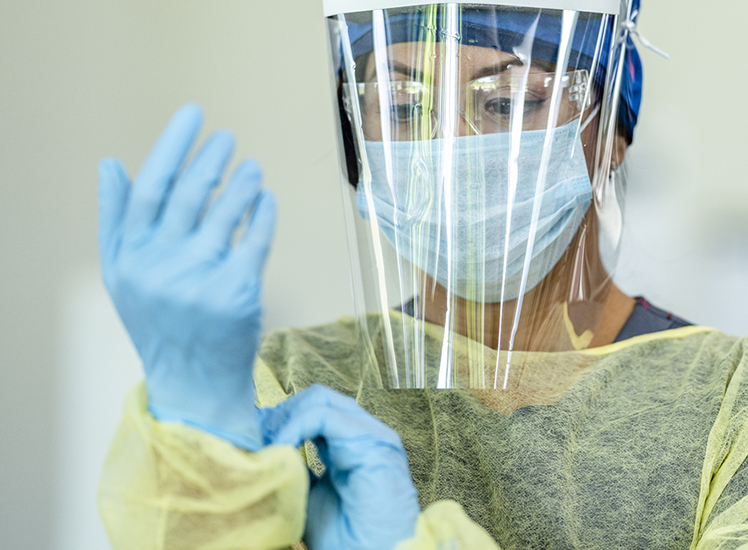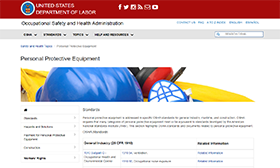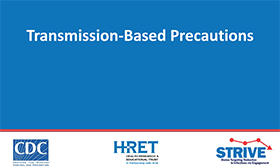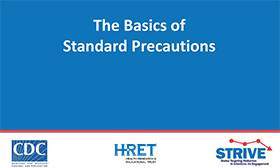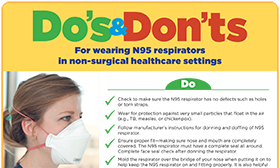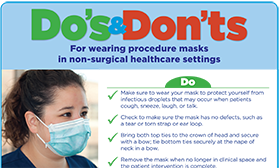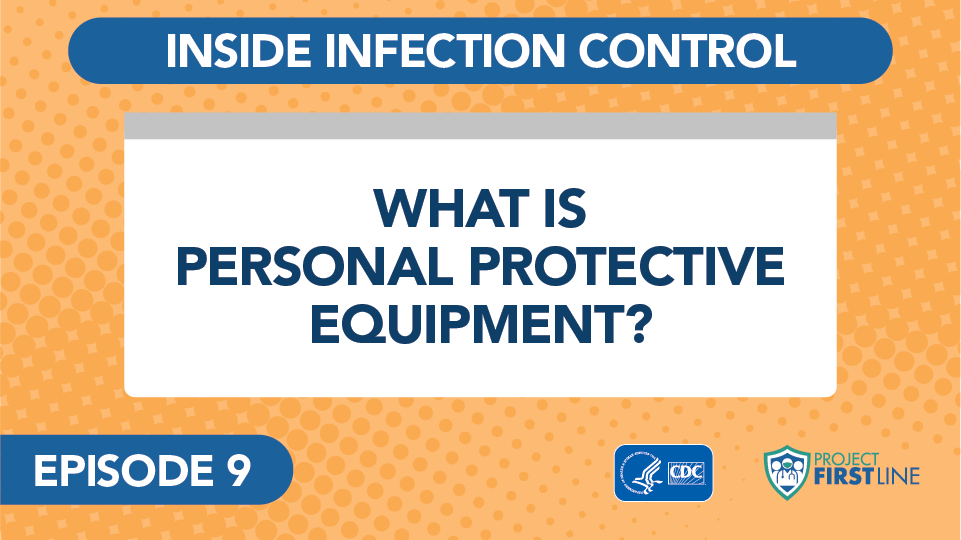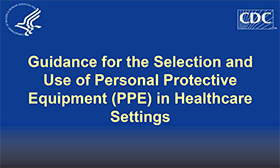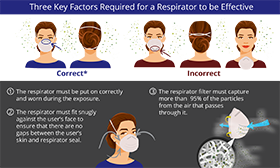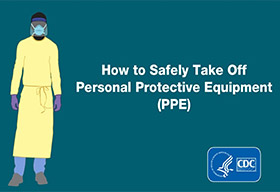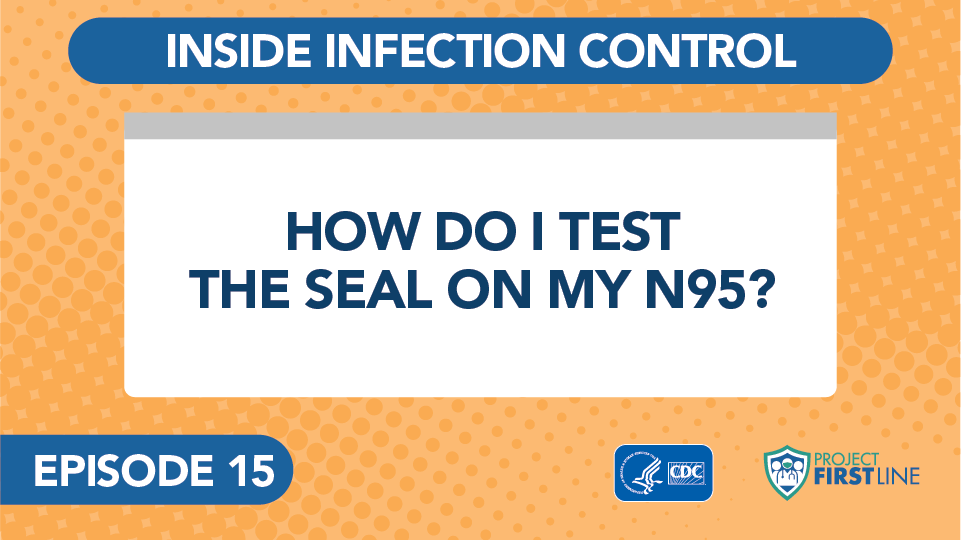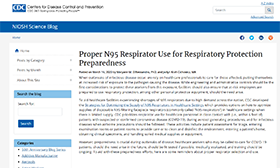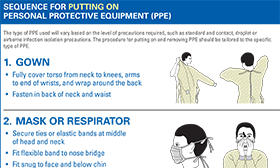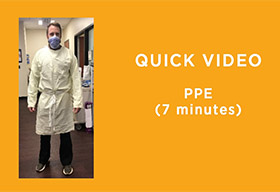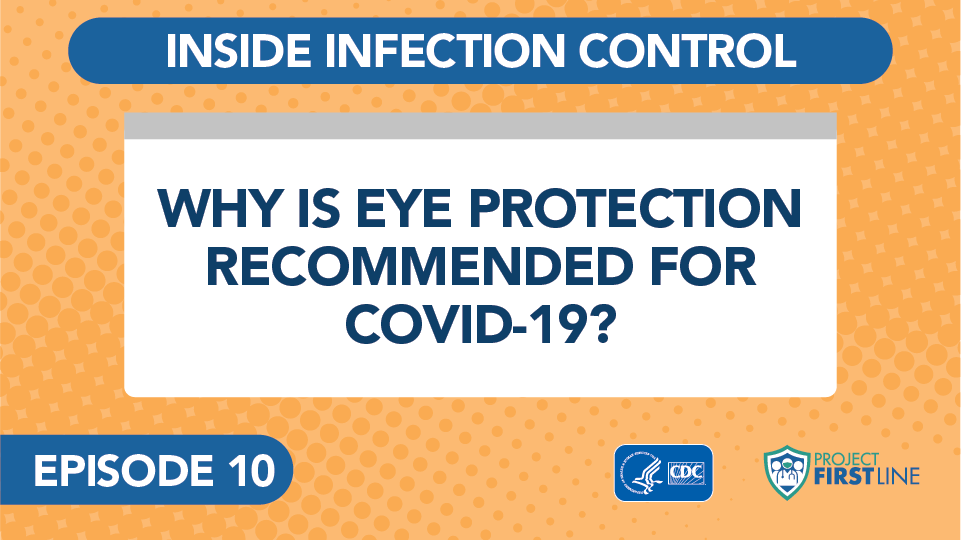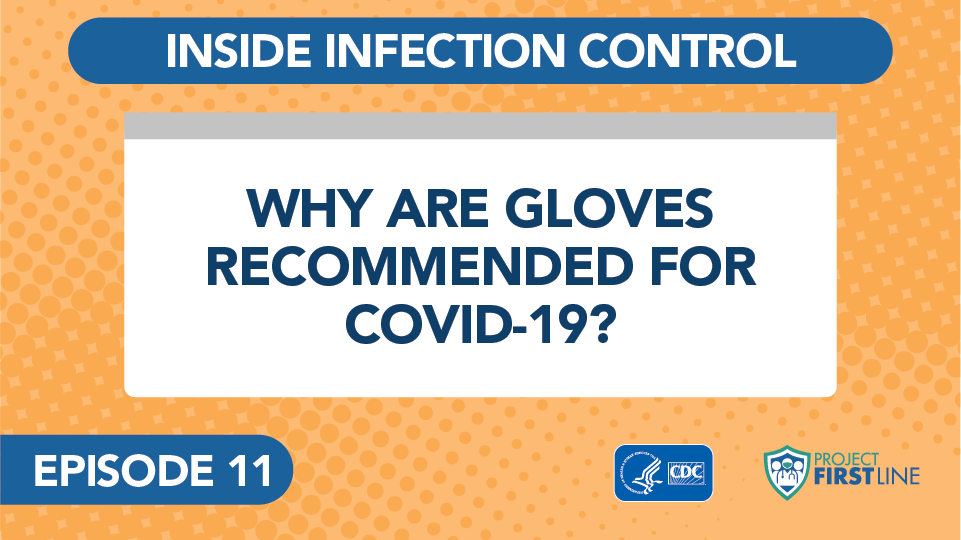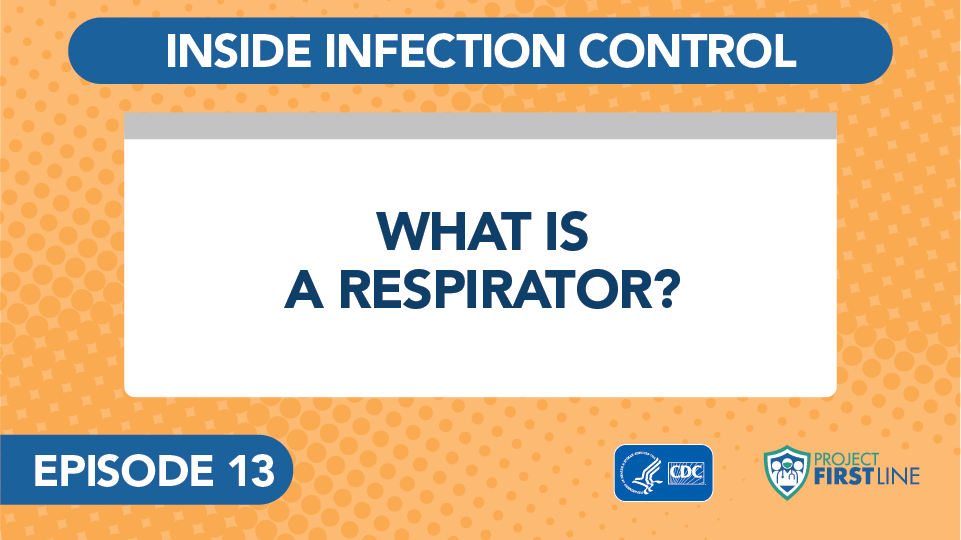PPE

PPE
Personal protective equipment (PPE) includes clothing, gloves, face shields, goggles, facemasks, respirators, and other equipment to protect front-line workers from injury, infection, or illness. When used properly, PPE acts as a barrier to block transmission of infectious materials from blood, body fluids, or respiratory secretions to your skin, mouth, nose, and eyes. PPE may also protect high-risk patients from exposure to potentially infectious material. Together with hand washing, use of alcohol-based hand sanitizers, and covering coughs and sneezes, PPE minimizes the spread of infection from one person to another.
PPE Basics
Find important basic information on personal protective equipment (PPE) for healthcare workers from Project Firstline and ANA.
Donning and Doffing
Discover free, on-the-go resources for health care providers on the donning and doffing of personal protective equipment (PPE), from Project Firstline and ANA.
Selection of PPE on the Frontline
Discover free, on-the-go resources on how to choose the appropriate PPE for healthcare environments, from ANA Project Firstline.

As a nurse, having trustworthy, accurate information is vital during healthcare crises like COVID-19. These official CDC training materials are created by IPC experts for healthcare professionals. Learn PPE safety tips, infectious disease guidelines, how to speak to coworkers and patients about infection prevention, and more. Sign up today to learn how you can stop the spread.

